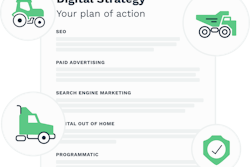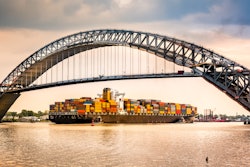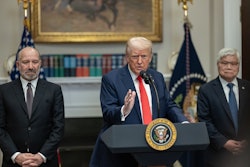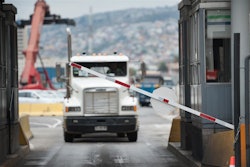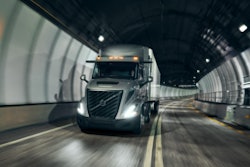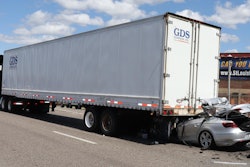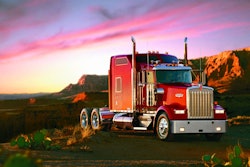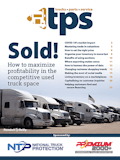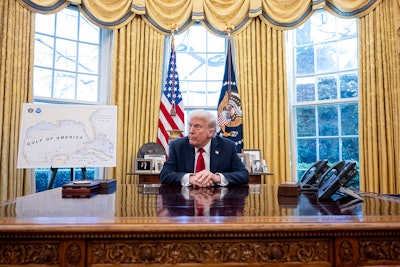
President Donald J. Trump announced sweeping tariffs just after markets closed on Wednesday in what he called America's Liberation Day.
The taxes will be half of what each country charges on American goods, the president said, including tariffs, non-monetary barriers "and other cheating." For instance, China charges 67% in fees on American goods, the White House calculated, so imports will care a reciprocal tariff of 34%. Add that to a 20% tariff enacted earlier this year, and that adds up to a 54% tax on Chinese products. There will be a 10% "baseline" tariff on all countries, the president said.
The tariffs were levied using the International Emergency Economic Powers Act of 1977. The baseline tariff will be in effect starting April 5. The individualized reciprocal tariffs on the countries with which the U.S. has the largest trade deficits will be in effect starting April 9.
"Foreign scavengers have torn apart the American dream," Trump told a crowd of members of Congress, the Cabinet and invited tradespeople in the White House Rose Garden. "This is our declaration of economic independence."
Trump called the American trade deficit — which reached a record $918 billion in 2024 — a national emergency that threatens the American way of life.
"We subsidize a lot of countries and keep them going," the president remarked. "At what point do you say, 'You've got to work for yourselves.'"
Trump held up a chart showing a list of countries, what the White House calculates they charge for U.S. imports and what the U.S. will charge for their imports. Topping the tariff chart is Laos. That country's imports to the U.S. will be taxed at 48%, followed by Madagascar at 47% and Vietnam at 46%.
Canada and Mexico are not on the initial list and the administration announced those countries will be exempt from the baseline 10% tariff rate for now. Automobile tariffs of 25% will still kick in on April 3, the White House says. However, commercial trucks will be exempt, MEMA, the Vehicle Suppliers Association says. Parts may still be affected, but it's unclear as to the extent or how those costs will be wrapped into the final cost of the vehicle.
According to the White House, some goods are not subject to the reciprocal tariff for now, including steel and aluminum articles and vehicles and parts already subject to certain tariffs; copper, pharmaceuticals, semiconductors and lumber articles; bullion, energy and some minerals.
"It's the opening round," says Dr. Bob Dieli, economist with MacKay & Company. "The long-term vision of this process to is change the supply chain. There are people who believe that by imposing tariffs, we will cause the supply chain to shift. The resultant supply chain would be more to our advantage than it is now."
It takes a long time to shift a supply chain, however.
"We've made a conscious effort to integrate supply chains for the last 50 years," Dieli says. "It takes years to do this. If the objective is to increase our manufacturing base and change the direction of trade, fine. But my favorite question in all of this is: Bananas."
Bananas can't be grown commercially, by and large, in the United States. So now, at least theoretically, bananas are exposed to a 10% tariff, at least.
"A tariff on bananas will not help us grow bananas," Dieli says. So what happens to the price of bananas? "That's what we're going to find out."

